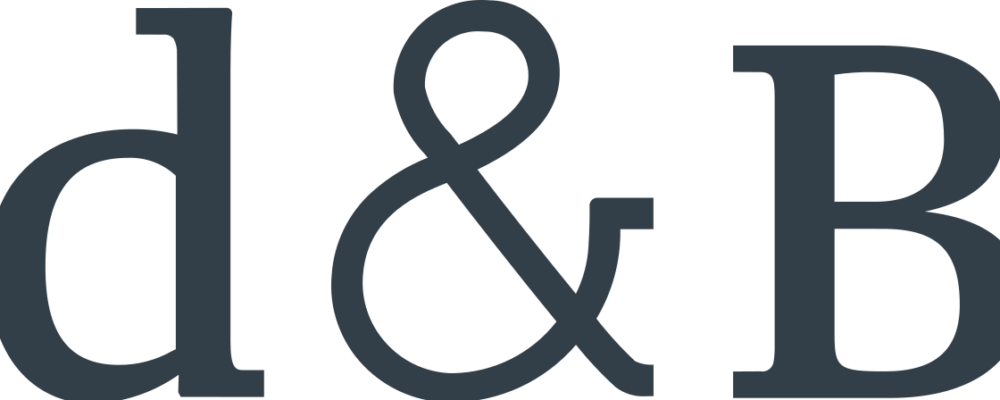Is the mark “Melbourne Bone and Joint Clinic” (the MBJC Mark) for medical and orthopaedic surgery type services in classes 35 and 44 registrable as a trade mark? In Melbourne Bone and Joint Clinic Pty Ltd v Registrar of Trade Marks [2024] FCA 53, the Federal Court of Australia found that the MBJC Mark was descriptive of the services offered thereunder and lacked the distinctiveness required for registration.
Background – Rejection of trade mark due to lack of distinctiveness
In October 2021, the Registrar of Trade Marks (Registrar) rejected the application for registration of the MBJC Mark on the grounds that (i) the mark was not to any extent inherently adapted to distinguish the designated services from the services of other persons; and (ii) at the priority date, the mark had not acquired distinctiveness (s41 of the Trade Marks Act 1995 (Cth) (TMA)).
The applicant i.e., Melbourne Bone and Joint Clinic (MBJC) appealed the Registrar’s decision on the grounds that:
- the MBJC Mark is sufficiently inherently adapted to distinguish, such that it is entitled to registration without needing to consider evidence of use of the mark under s41(3) or 41(4); or
- alternatively, the evidence of use submitted satisfies the requirements of s41(3) or 41(4) to qualify for registration.
Decision
Ordinary meaning of the MBJC Mark
Firstly, the Federal Court of Australia considered the ordinary signification or meaning of the MBJC Mark which is to be determined from the perspective of the target audience being patients, general practitioners, physiotherapists, and other orthopaedic surgeons. Going by their perspective, the ordinary signification of the phrase “MELBOURNE BONE AND JOINT CLINIC” is an establishment in the city of Melbourne for the provision of medical service related to a patient’s bones and joints.
Direct reference to the services
Next, the Federal Court of Australia considered whether the MBJC Mark (with that ordinary meaning), has a direct reference to the services provided (i.e., various medical and orthopaedic surgery type services in classes 35 and 44).
The phrase “MELBOURNE BONE AND JOINT CLINIC” clearly has a direct reference to those services and is therefore descriptive of the qualities or characteristics of the services. The words “bone and joint” do not describe all of the services covered by the term orthopaedics – which is defined as “the correction of cure of deformities and diseases of the spine, bones, joints, muscles, or other parts of the skeletal system” by the Macquarie Dictionary. The words “bone and joint” describe some of those services.
Furthermore, the evidence shows that other traders have registered business names or are operating orthopaedic surgery practices under names including “bone and joint” in conjunction with “clinic”. This shows that other traders would have a legitimate desire to use the MBJC mark.
Is the MBJC Mark not capable of distinguishing the applicant’s services?
The ultimate question in this appeal was if the MBJC Mark was capable of distinguishing the applicant’s services. The Federal Court of Australia held that the mark is not to any extent inherently adapted to distinguish the designated services from the services of other traders. Further, the MBJC Mark had not been used before the priority date (i.e., 12 March 2020) – evidence showed that the words “MELBOURNE BONE AND JOINT CLINIC” were used in conjunction with or in promotion of the owner of the mark and were used as part of the logo:

This is likely to have diminished the extent to which the MBJC Mark alone distinguished the services.
Take Away – difficulties in registering descriptive trade marks
This case shows the difficulties encountered in registering descriptive trade marks. This issue was also recently explored by the Full Federal Court of Australia in Henley Constructions Pty Ltd v Henley Arch Pty Ltd (2023) 171 IPR 225 where the validity of a trade mark registration for HENLEY in respect of building and construction services was upheld despite “Henley” being a common surname and a geographical location. The court was, however, satisfied on the evidence submitted that at the priority date, the HENLEY trade mark had become distinctive of the services provided thereunder.
If a business owner adopts a descriptive or non-distinctive trade mark, it is essential that substantial evidence of use be presented to show acquired distinctiveness either before or after the priority date. Although the relevant date of use for evidence purpose will ultimately depend upon the extent of non-distinctiveness, it is advisable that such evidence be kept handy.
Bird & Bird is an international law firm that was founded in London in 1846. The firm has since expanded to over 30 offices in Europe, Asia, and the Middle East, and has a particular focus on the technology, media, and telecommunications sectors.
Please visit the firm link to site



